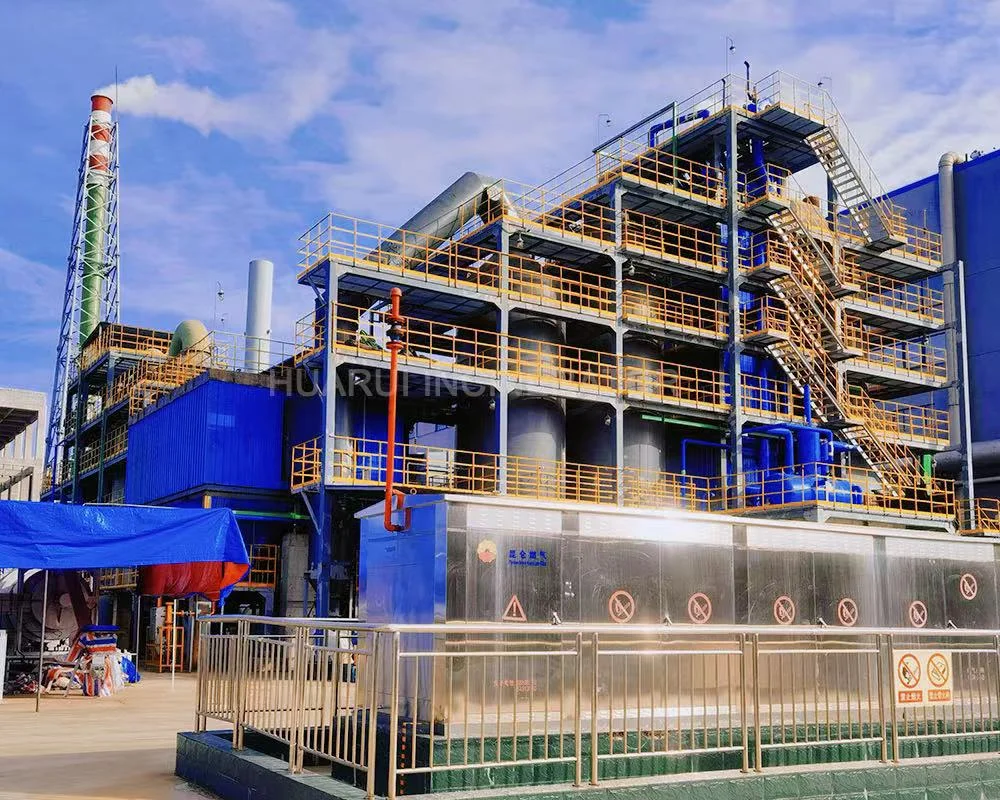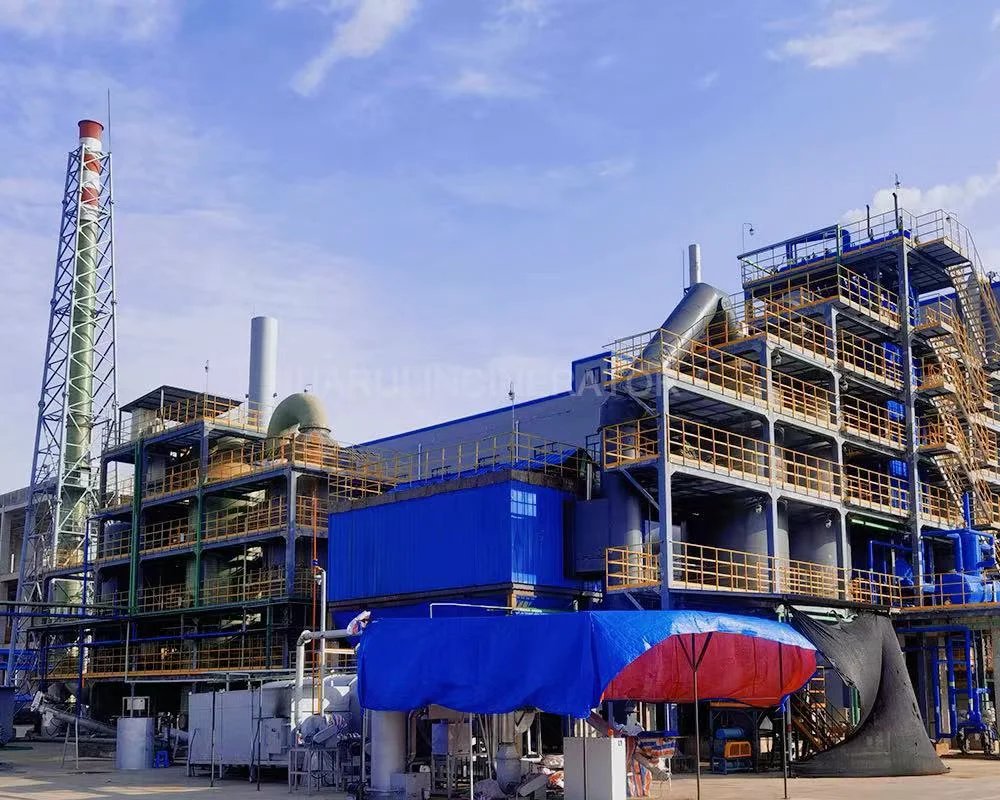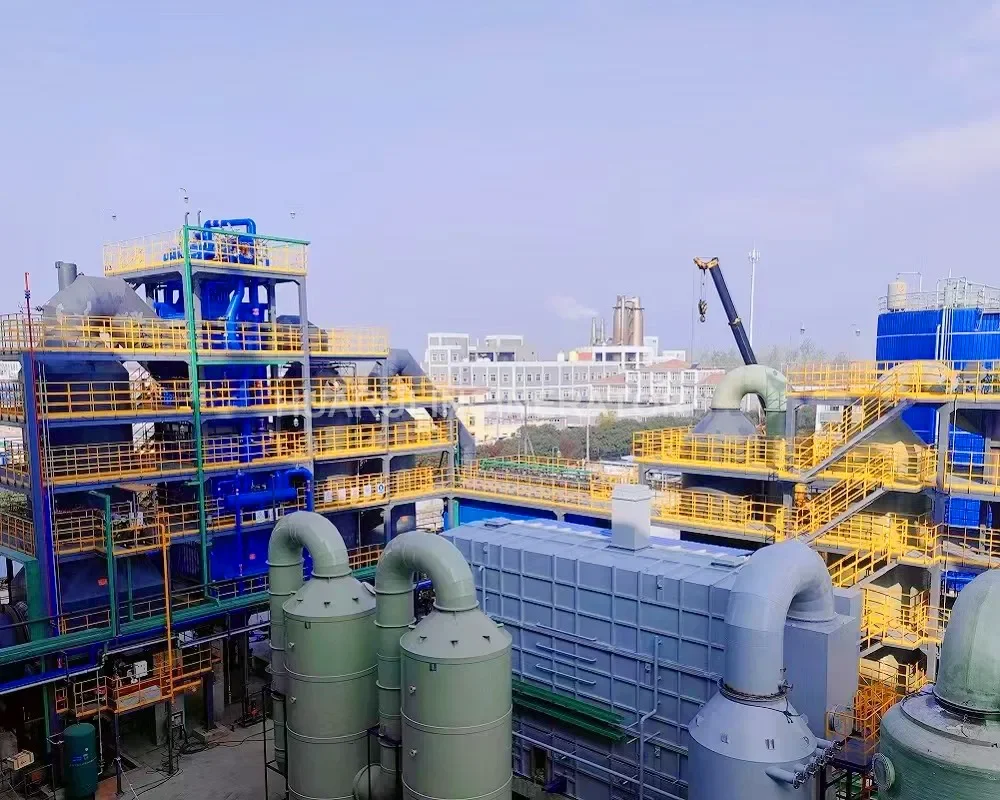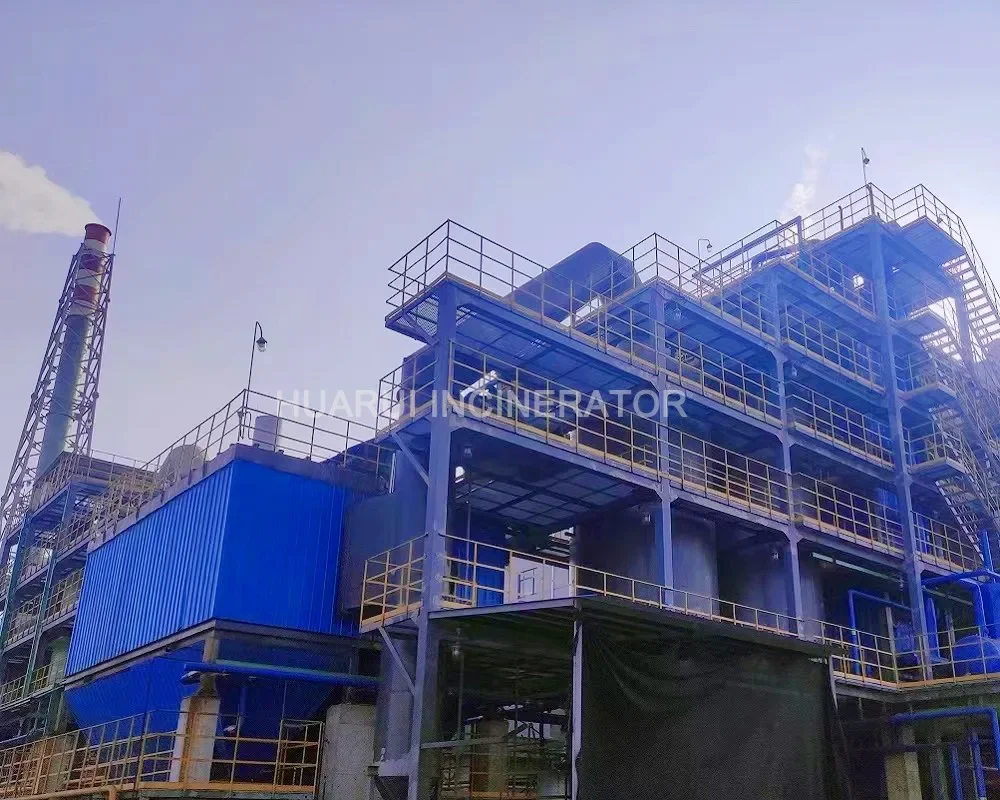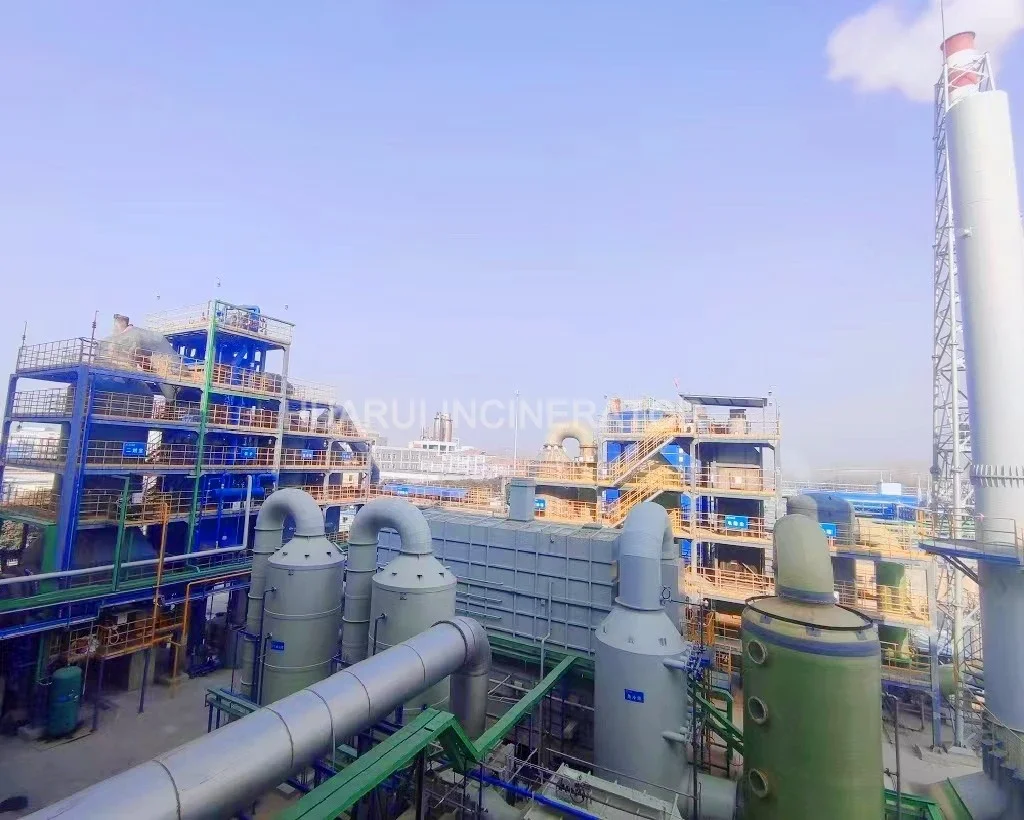
网站标题
Clear records
history record
Products
Industrial hazardous waste rotary kiln incineration project
Rotary incinerator is a widely used incineration equipment in the field of international industrial waste treatment, with a market share of about 85% in the field of industrial waste incineration. It is also recommended in the national industrial waste treatment technology policy issued by the Ministry of Science and Technology and the State Environmental Protection Administration Incinerator furnace type, which can process both solid and liquid waste.
Product Details
Industrial hazardous waste rotary kiln incineration project
Rotary incinerator is a widely used incineration equipment in the field of international industrial waste treatment, with a market share of about 85% in the field of industrial waste incineration. It is also recommended in the national industrial waste treatment technology policy issued by the Ministry of Science and Technology and the State Environmental Protection Administration Incinerator furnace type, which can process both solid and liquid waste. The solid waste is sent to the rotary kiln by special conveying equipment, and the waste completes the process of water evaporation, volatile precipitation, ignition and combustion in the rotary kiln. It is mixed with the secondary combustion air in the secondary combustion chamber to achieve complete combustion of flue gas and achieve safe exhaust emission.
Rotary kiln is used as a waste incineration equipment. In the rotary kiln, the waste goes through three stages of preheating, ignition, combustion and burning in sequence to decompose the waste. It is the main place to achieve waste reduction and harmless treatment. The main components of the rotary kiln include: the kiln body is rolled with steel plates, lined with refractory materials that are resistant to acid, wear, high temperature and alternating temperature stress. Sealing device, frequency conversion transmission device of rotary kiln, gear transmission device, feeding port, temperature measuring point, burner port, waste liquid injection port, observation port, etc. at the head of the kiln. The kiln body is also called the primary combustion chamber. Its design adopts a cylindrical structure. The furnace shell is made of steel plate and lined with light refractory insulation materials, which can effectively reduce the heat transfer in the furnace. The inner wall is built with high-alumina refractory material, which can work reliably for a long time at high temperature. Due to the rotation of the cylinder, the waste is fully mixed with the air, the gasification rate is fast, and the burning rate is high.
Scope of application
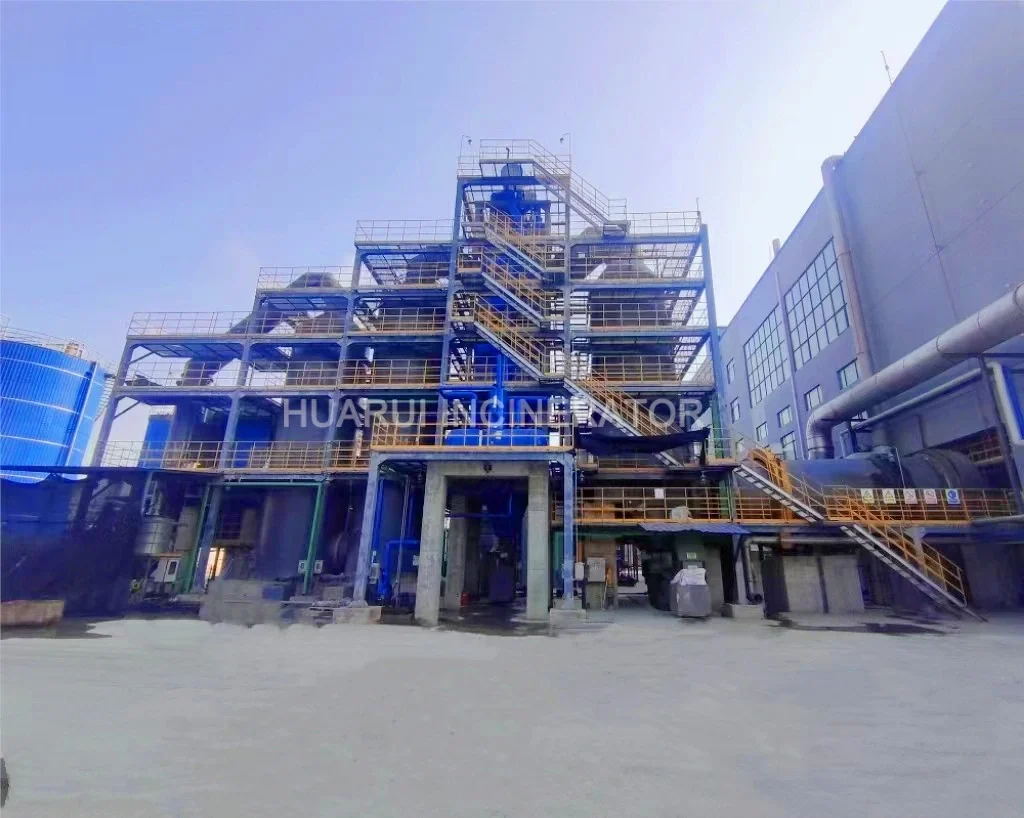
1
Centralized treatment of industrial waste
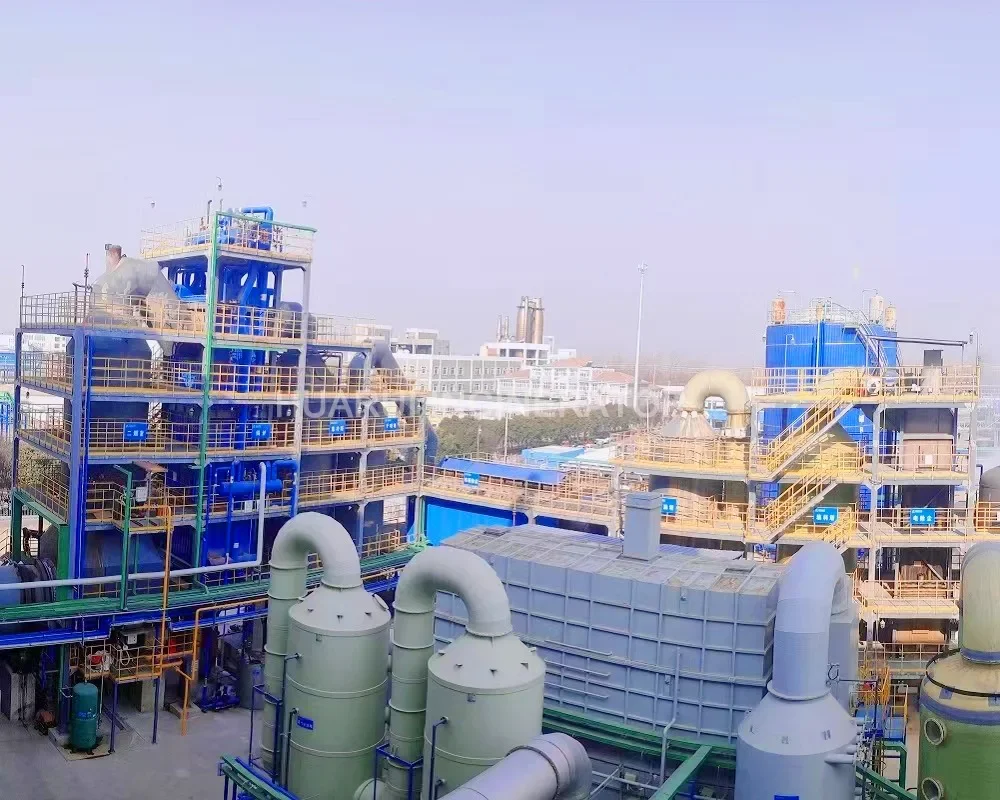
2
Sludge and paste waste treatment
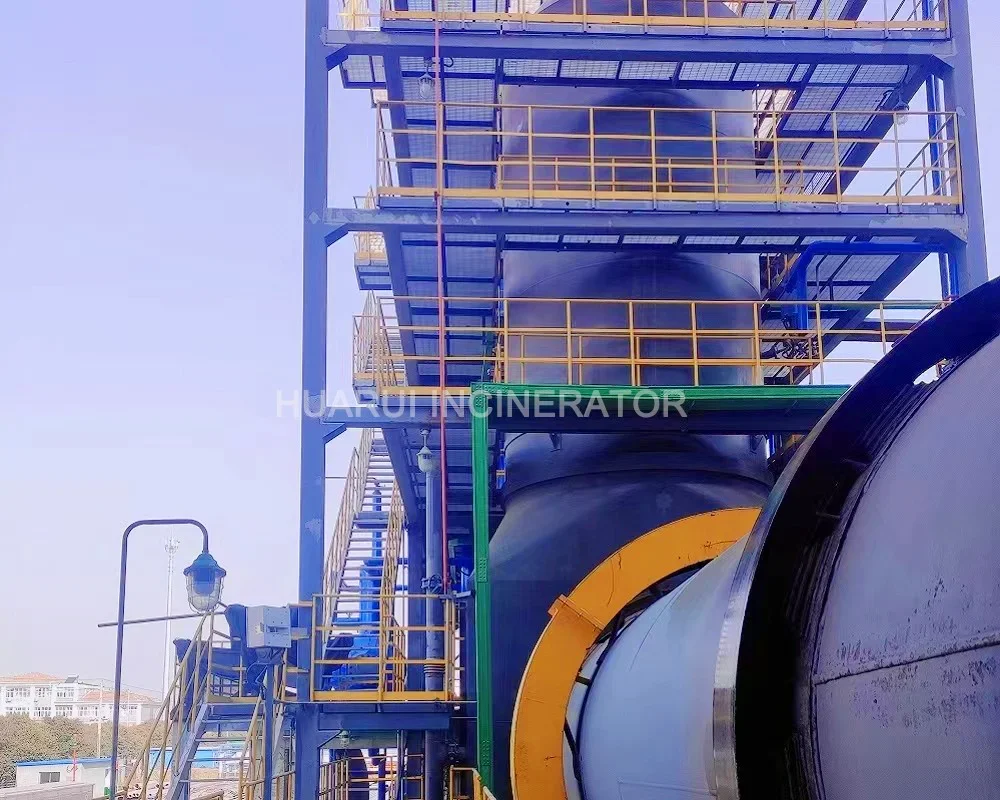
3
Centralized treatment of medical waste
Characteristics
(1) This equipment can incinerate solid waste, liquid, colloid and gas at the same time, and has strong adaptability to incinerators;
(2) The incineration material tumbling forward, three heat transfer methods coexist in one furnace, and the heat utilization rate is high;
(3) The high temperature material contacts the refractory material, the replacement of the furnace lining is convenient and the cost is low;
(4) The transmission mechanism is simple, the transmission mechanism is in the kiln shell, and the equipment maintenance is simple;
(5) The requirements for the shape and moisture content of the incinerator are not high;
(6) The residence time of more than 1 hour in the rotary kiln and the high temperature above 900 ℃ make the hazardous waste basically burn out; the strong gas mixing in the secondary combustion chamber makes the incomplete combustion in the flue gas completely burned to reach the decomposition point of harmful components. The required high temperature (1100 ℃), the residence time of the flue gas in the high temperature area is 2 seconds; not only the waste residue is incinerated, but also the working condition area that produces dioxins is avoided or reduced from the source;
(7) Good sealing measures and furnace negative pressure to ensure that harmful gases do not leak;
(8) The equipment operation rate is high, and the annual operation rate can generally reach 90%; the operation and maintenance are convenient;
(9) The cylinder in the elongation high temperature area is made of SUS310S heat-resistant stainless steel, which can ensure long-term stable operation;
Hazardous waste handling capacity:50-10000kg/h
Suqian Shengji
This project plans to build an incinerator with a daily processing capacity of 40 tons and its supporting waste feeding facilities, flue gas treatment system, ash removal system, automatic control system, chain alarm system, waste heat recovery system, emergency discharge, tail gas treatment, online monitoring system, etc.
According to the characteristics of this project, the rotary kiln incinerator is selected, which can incinerate solid and liquid at the same time. Especially for chemical residues, sludge, organic waste liquid, industrial solid waste, etc., it is the preferred furnace type for comprehensive industrial waste disposal centers. The rotary kiln incinerator is built with insulating bricks in a cylindrical metal shell, placed horizontally with a slight inclination, through the overall rotation of the furnace body to achieve uniform mixing and move to the discharge end along the inclination angle. The incinerator adopts flue gas forward design. Through the rotation of the furnace body, the waste material is continuously tumbling and stirred to ensure the uniformity of heating, and the residence time of the waste material in the rotary kiln can reach 0.5 to 1 hour, which can ensure that the waste material is fully heated and organic matter is fully removed.
At the same time, it is equipped with a second combustion chamber to incinerate the waste gas generated by the rotary kiln incinerator at high temperature (1100°C) again to ensure the removal efficiency of organic matter. The model is selected according to the use temperature ≥ 1100°C and the residence time of flue gas ≥ 2 seconds. The high-temperature purified gas contains a large amount of heat that can be recycled and utilized. This project uses a flue gas waste heat steam boiler to recover heat energy. After the flue gas is cooled, the exhaust gas is mainly purified, and the equipment is selected mainly from the removal of acidic components and nitrogen oxides, the adsorption of harmful components and the collection of dust particles.
Overview of the incinerator device
Design capacity: 1670kg/h, of which solid waste: 300~800kg/h waste liquid: 300~1400kg/h
Incinerator type: rotary kiln + secondarycombustion chamber
Incinerator (secondary combustion chamber) temperature: ≥1100°C
Flue gas residence time: ≥2s
Incineration efficiency: ≥99.9%
Incineration removal rate: ≥99.99%
Thermal loss rate of incineration residue: <5%
Auxiliary Fuel: Natural Gas
Feeding method: row crane+bucket elevator+hydraulic push+atomizing spray gun
Ash discharge method: scraper discharge slag
Annual running time: 300 days of continuous operation, or intermittent operation
Noise standard: "Environmental Noise Emission Standards at Boundary of Industrial Enterprises" (GB12348-2008) Class 3 area: ≤65dBA during daytime, ≤55dBA at night.
Safety and Environmental Requirements
>The negative pressure of the feeding port of the equipment is sealed, and there is no leakage of harmful gas
>Water seal design of the slag discharge system, no sewage is discharged on the spot, and other water jacket devices reserve sewage outlets to the collection pipes of the buyer.
> Select low-noise equipment to meet noise control regulations.
>The device is designed with a safe platform and ladder to facilitate the operation and maintenance of spare parts.
>Design interlocking and emergency discharge protection functions such as safety flameout, over-temperature, over-limit value, etc.
>The electrical instrument adopts the first-line brand of domestic and foreign joint ventures, which has good safety and stability and ensures normal automatic working conditions.
Flow chat
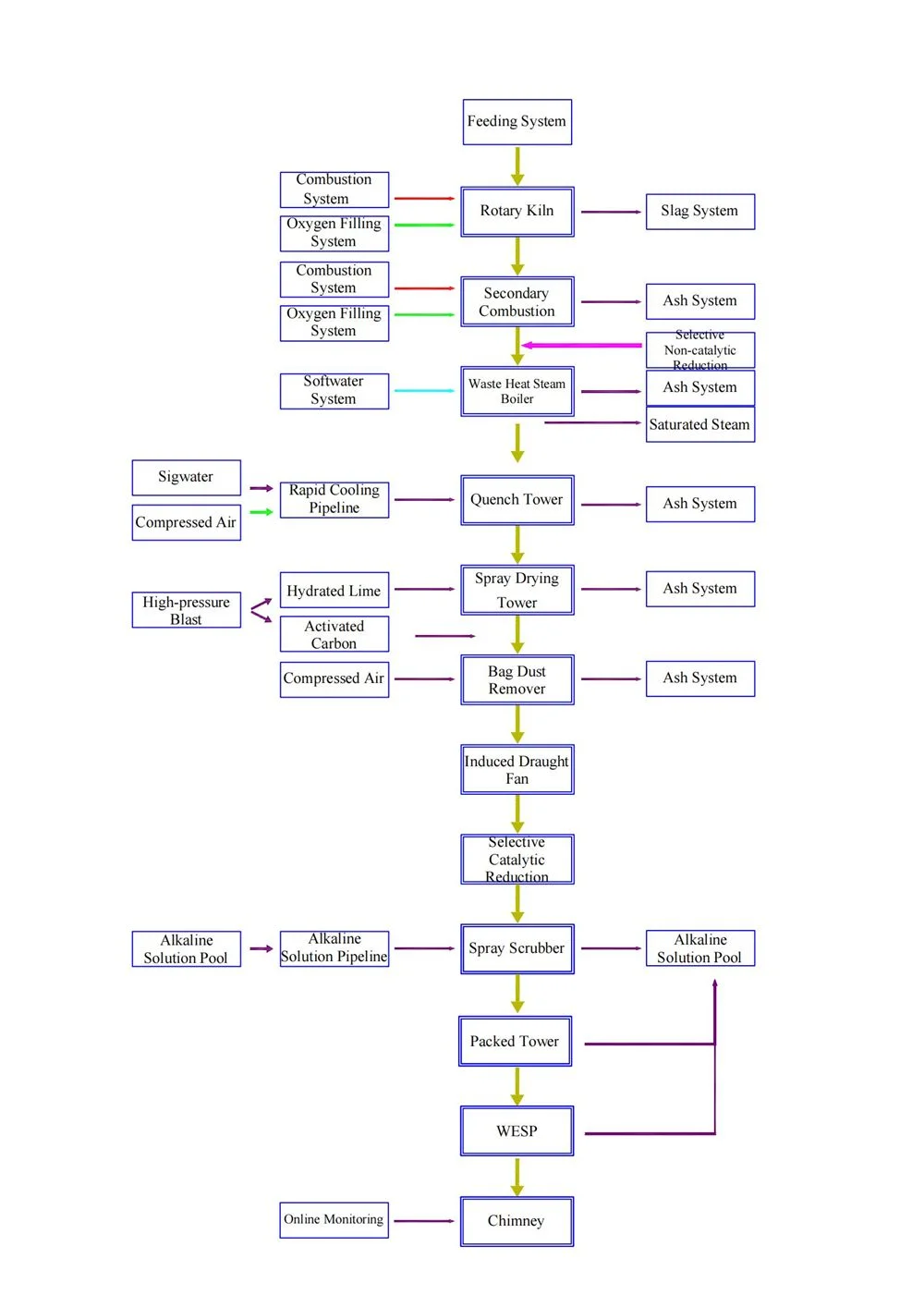
Online message
Related products

choose an area code
We value your privacy
We and our partners are using technologies like Cookies or Targeting and process personal data like IP-address or browser information in order to personalize the advertisement you see. These technologies may access your device and help us to show you more relevant ads and improve your internet experience.We also use it in order to measure results or align our website content. Because we value your privacy, we are herewith asking your permission to use the following technologies.
Share to WeChat
×

